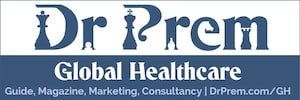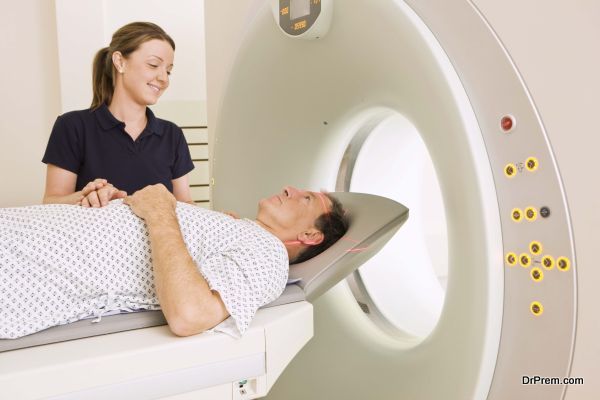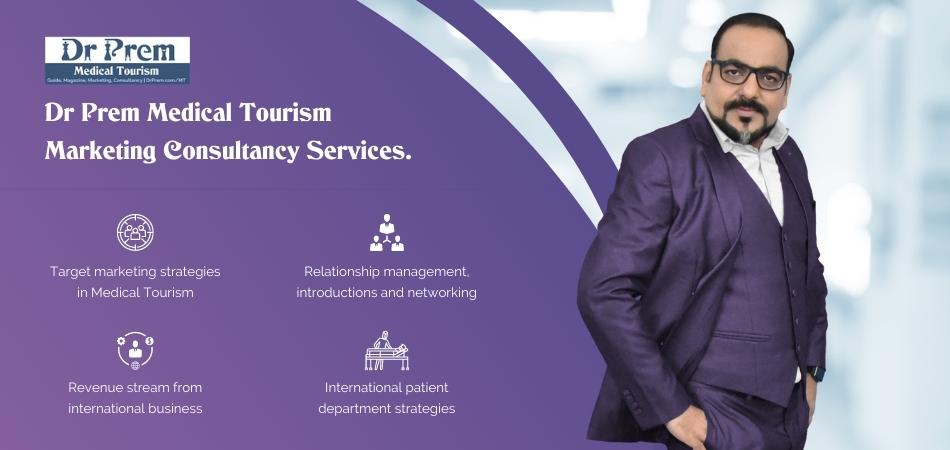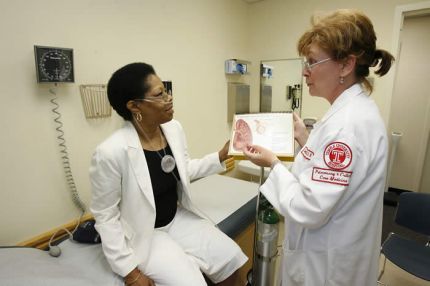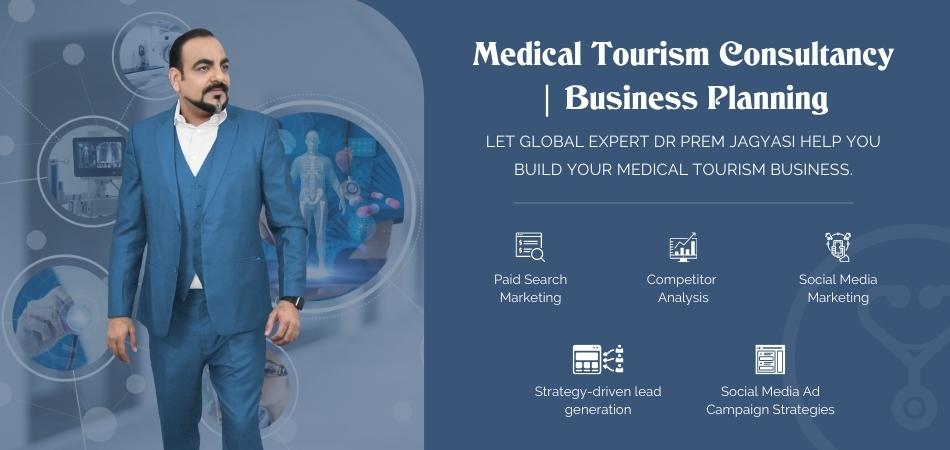Technology is about more than just gadgets, geeks with neck-beards, and tech conferences in Silicon Valley. It is about every part of everything we do and who we are. It is as much about the grandmother picking up her medicine at the pharmacy, as it is about her grandson living in her basement playing video games. The most exciting aspect of modern technology has nothing to do with the tech, itself, and everything to do with other areas in our lives that are improved because of it.
In both direct and indirect ways, technology is extending the length, and expanding the quality of our lives. It is not just about the obvious technological leaps that allow doctors to perform surgery from remote locations over the Internet. It is about the little things that allow doctors and support staff to make better, faster, more cost effective decisions that can make the difference between life and death. Here are just a few:
Office Visits 2.0
No body likes going to the doctor. It takes time out of our busy day, especially if we have to take a personal day from work to do it. From filling out redundant medical forms, to transferring medical records from another doctor, there is nothing good about the experience. The only thing worse is getting teeth pulled. If your appointment happens to be for the purpose of getting teeth pulled, it just adds insult to injury.
But software is in the process of changing all that. ADP AdvancedMD is one such package that is looking to make a difference. Based on testimonials from doctors and their clinic staff, major improvements to what we can expect from medical software are well under way. Among other things, this software can help to:
- Optimize schedules
- Streamline check-in and out
- Manage patient care
- Prescribe, order, and fax
- Improve billing
- Practice while mobile
Some claim that it takes the place of five distinct pieces of software. Some doctors are reporting that they can spend more time with patients as a result of a more efficient office. So much of what happens in a doctor’s office takes place on the computer at the front desk. When that improves, healthcare improves.
Electronic Medical Records
It is not yet a fully realized dream. But we have come a long ways since WebMD wrote about it in 2009. The promise of EMR is that all medical information be universally accessible by any party that needs it. This would necessitate that the information be tied to the patient, rather than the doctor, or hospital, or insurance company. The only party who does not have free and ready access to a patient’s record is the patient.
It is vitally important that the doctor you happen to be seeing knows as much about your medical history as possible. Lives are more often saved by a good medical history than by lab technicians. There are some medical networks such as UAB in Birmingham, AL, that make all patient care information available to all medical professionals within that system as needed.
But that is not quite the same thing as having a universal medical history that follows you wherever you go for treatment. Though it is not fully here at this time, it is something being slowly brought online thanks to technology.
Wrist Computers
By now, everyone has seen smartphones and tablets used by doctors and nurses in hospitals. Now that smartwatches are coming into their own, they are starting to show up in patient care as well. One hospital is using them for more than simple, hands-free communications: a big deal, to be sure.
Intermountain Healthcare is using a specially designed smartwatch in one of its hospitals to deal with the challenge of hand hygiene among the medical staff. One of the biggest healthcare challenges is stopping infection from being passed from one patient to another by medial staff. The solution is hand washing and sanitization by the staff before and after seeing each patient. One slip-up is enough to cause medical complications.
The wrist-worn devices sense hand motion, detecting when hands are being washed, and when the wearer enters and leaves a room. It not only serves as a reminder to the wearer, but it provides a record to supervisory staff, ensuring accountability.
Incorporating technology is only one aspect of the formula for improving healthcare. But it is already saving lives and showing its worth.
Article Submitted By Community Writer
